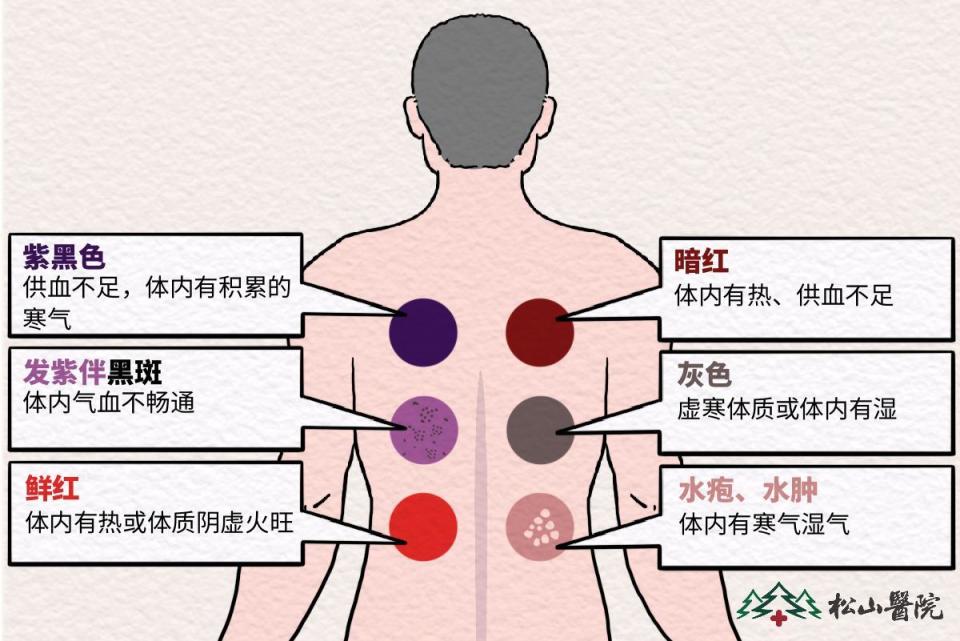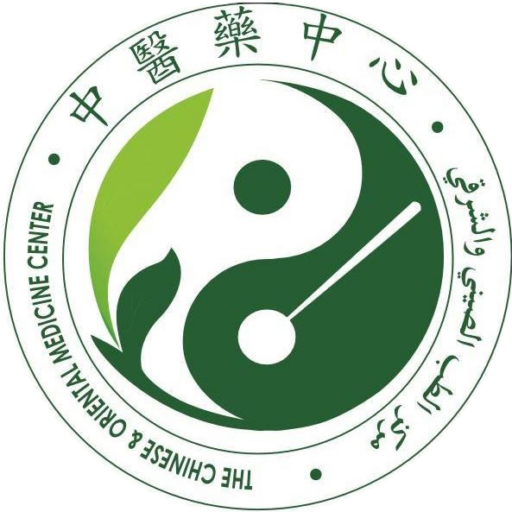
Cupping therapy (拔罐, bá guàn; الحجامة, al-hijamah) is a therapeutic modality deeply rooted in Traditional Chinese Medicine (TCM). It is used to restore balance, expel pathogenic factors, and invigorate the flow of qi (气) and blood (血). While it is often associated with China, its origins trace back to ancient Persia, from where it spread to other civilizations. Later, the Chinese incorporated it into their medical practices, merging it with acupuncture, a distinctly Chinese development. This essay explores the health benefits of monthly cupping therapy, highlights common misunderstandings, and places its evolution in a historical and cultural context.
Historical and Cultural Context
The practice of cupping is believed to have originated in Persia, where it was used for therapeutic bloodletting. Through interactions along the Silk Road, the Chinese adopted cupping therapy and integrated it with acupuncture, creating a unique synthesis of external suction techniques and internal energy flow manipulation. Furthermore, the Arabs introduced herbal medicine to China, further enriching TCM practices.
Islam played a significant role in preserving and encouraging the use of cupping therapy, known as al-hijamah. Prophet Muhammad is reported to have recommended it, and it became a widely practiced and respected treatment in Islamic medicine.
In modern times, cupping therapy gained global attention when prominent athletes, including Michael Phelps during the 2016 Olympics, were seen with its telltale marks. This endorsement by international figures launched a new trend, transforming cupping into a fashionable wellness practice worldwide.
Principles of Cupping Therapy in TCM
In TCM, health is maintained through the smooth circulation of qi and blood, harmonious balance between yin and yang, and the prevention of pathogenic factors like wind (风), dampness (湿), and cold (寒). Cupping therapy works by creating a vacuum within cups placed on the skin, which stimulates acupuncture points and meridians (经络). This action:
- Promotes Qi and Blood Circulation: Stagnation of qi and blood is a common cause of pain and disease. Cupping disperses stagnation, alleviating conditions like muscle soreness and chronic pain.
- Dispels Pathogenic Factors: Cupping draws out external pathogens, such as wind and cold, that lodge in the superficial layers of the body, causing conditions like colds or joint stiffness.
- Supports Organ Function: By stimulating specific meridians, cupping can enhance organ function, such as improving digestion by targeting the stomach meridian.
Health Benefits of Monthly Cupping Therapy
- Pain Relief:
Pain relief is one of the primary benefits of monthly cupping therapy. By alleviating qi and blood stagnation, it is particularly effective for conditions like back pain, neck stiffness, and arthritis. - Detoxification:
From a TCM perspective, the skin is a channel for releasing toxins. Cupping stimulates the skin’s pores, promoting the expulsion of dampness and toxins. - Improved Immunity:
Regular cupping therapy strengthens wei qi (卫气), or defensive qi, the body’s first line of defense against external pathogens. Seasonal treatments help the body adapt to climatic changes, ensuring resilience. - Mental Clarity and Stress Relief:
By stimulating back-shu points (背俞穴, bèi shū xué), cupping calms the shen (神), or spirit, reducing anxiety, stress, and insomnia.
Misconceptions about Cupping Therapy
Despite its growing popularity, misconceptions about cupping persist:
- Bruising Equals Effectiveness:
The marks left by cupping are often mistaken for signs of detoxification. However, in TCM, these marks indicate the state of qi and blood at the treatment site, not the efficacy of the therapy. - Cupping as a Cure-All:
While versatile, cupping is not a universal remedy. Its effects are optimized when used alongside other TCM modalities like acupuncture and herbal medicine. - Overuse Is Beneficial:
Frequent cupping can damage the skin, disrupt qi flow, and cause imbalance. Monthly treatments provide sufficient recovery time while maintaining therapeutic benefits. - Universal Suitability:
Cupping is not suitable for everyone. Individuals with bleeding disorders, severe skin conditions, or extreme weakness should avoid the therapy.
Classical Textual Foundations
The efficacy and principles of cupping therapy are well-documented in classical Chinese medical texts, including:
Huangdi Neijing (《黄帝内经》): A foundational text emphasizing the importance of free-flowing qi and blood to prevent illness.
Zhenjiu Dacheng (针灸大成): Discusses integrating cupping with acupuncture for enhanced therapeutic outcomes.
Yixue Rumen (医学入门): Provides practical guidance on cupping, emphasizing individualized treatment plans.
Bencao Gangmu (本草纲目): Although primarily a pharmacopoeia, this text references the use of cupping alongside herbal remedies.
Qi Jing Ba Mai Kao (奇经八脉考): Explores the extraordinary meridians and their role in cupping therapy.
Conclusion
Cupping therapy has evolved from its Persian origins to become an integral part of TCM, enriched by Islamic and Arabic medical traditions. The synthesis of cupping with acupuncture and herbal medicine highlights the dynamic nature of traditional healing practices. While modern celebrity endorsements have made cupping fashionable, its true value lies in its therapeutic potential as guided by TCM principles. By addressing misconceptions and respecting its historical roots, practitioners and patients alike can appreciate the holistic benefits of this ancient therapy.
Bibliography
Huangdi Neijing (黄帝内经). (n.d.). The Yellow Emperor’s Inner Classic. Original text on the foundational principles of Traditional Chinese Medicine, including the role of qi and blood circulation.
Yang, J. (杨继洲). (1601). Zhenjiu Dacheng (针灸大成). Beijing: Zhongyi Ancient Press. Comprehensive text on acupuncture, moxibustion, and cupping techniques.
Li, C. (李梴). (1575). Yixue Rumen (医学入门). Beijing: Ancient Medicine Press. Introductory guide to the theories and practices of TCM, including cupping therapy.
Li, S. (李时珍). (1593). Bencao Gangmu (本草纲目). Beijing: Zhonghua Shuju. Essential pharmacological text with references to therapies like cupping.
Li, S. (李时珍). (1578). Qi Jing Ba Mai Kao (奇经八脉考). Shanghai: Zhongyi Classics Publishing. Focused analysis of the extraordinary meridians and their application in therapies such as cupping.
Anonymous. (2009). Zhongyi Ba Guan Liaofa (中医拔罐疗法). Beijing: Traditional Medicine Publishing. Modern guide on cupping therapy integrating classical theory with contemporary techniques.


Je ne peux que vous féliciter sur le choix réussi et pertinent des sujet intéressant et utile…par contre une petite remarque sur l originalité de hijama qui date à l époque de notre prophète sala Allah alih wa Salam..les arabes étaient en revanche les 1ère à la pratiquer.
Merci pour votre feedback!